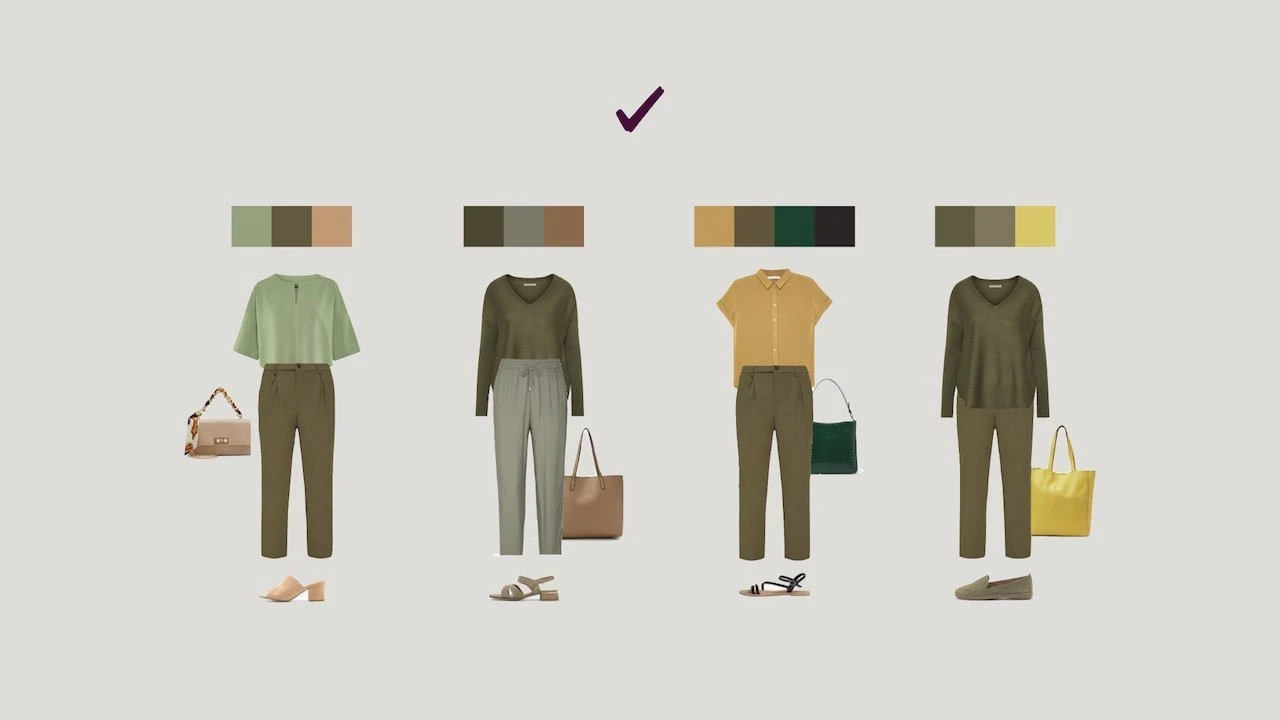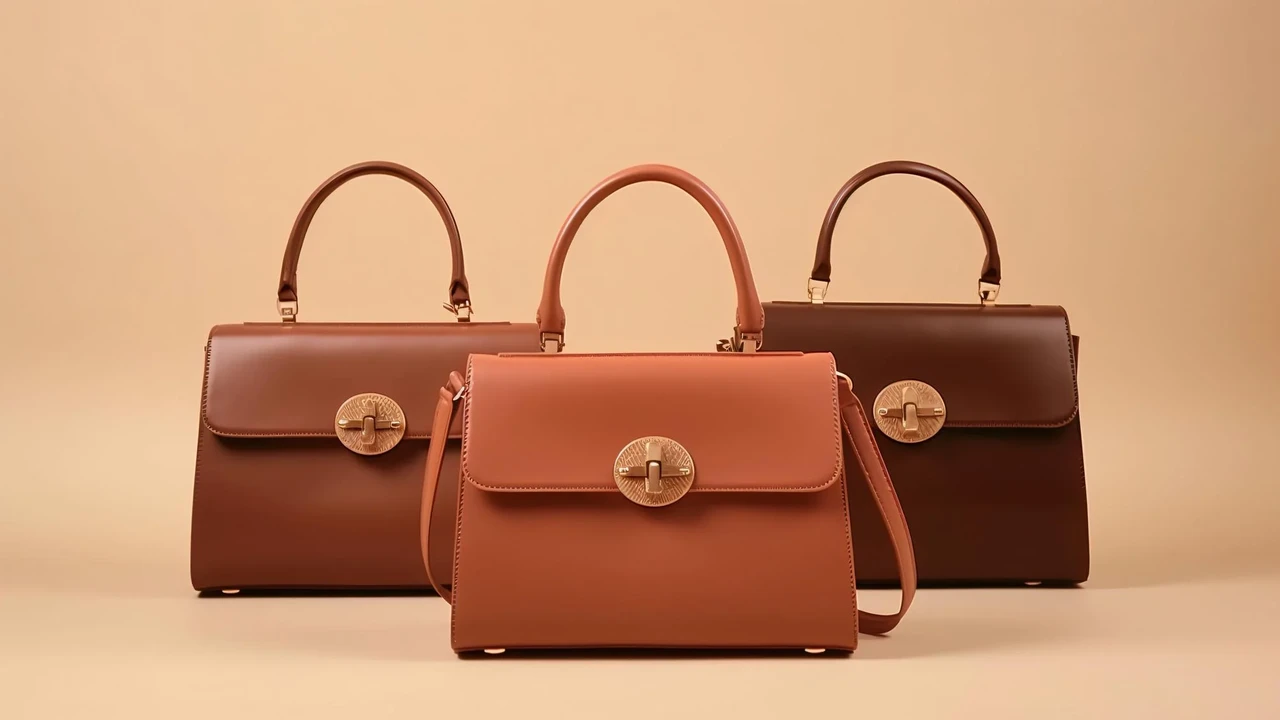Handbag Lining Guide
Explore the lining is a crucial part of any handbag. Learn about different lining materials and their benefits, from durability to stain resistance. Discover how lining quality impacts the overall lifespan and value of your bag.

Understanding Handbag Linings The Basics
Okay, let's dive into the often-overlooked world of handbag linings! We're talking about that fabric (or sometimes, other material) on the inside of your bag. It's easy to dismiss, but trust me, the lining is *super* important. Think of it like the foundation of a house – you don’t always see it, but it’s holding everything together. A good lining can protect your bag's outer material, keep your belongings organized, and even add a touch of luxury. A bad lining? Well, that can lead to tears, stains, and a generally sad-looking handbag. We'll cover everything, from the different types of materials to how to spot a quality lining.
Common Handbag Lining Materials and Their Properties Fabric Leather and Synthetics
So, what are these linings actually *made* of? You've got a few main contenders:
- Cotton: A classic choice! Cotton linings are usually lightweight, breathable, and relatively inexpensive. They're good for everyday bags and can come in a variety of colors and patterns. However, cotton isn't the most durable option and can stain easily. Think of a basic tote bag – chances are, it has a cotton lining.
- Linen: Similar to cotton, but a bit more luxurious. Linen is strong, durable, and has a lovely texture. It's also more stain-resistant than cotton, but it can wrinkle easily. You might find linen linings in higher-end casual bags.
- Silk: Ooh la la! Silk linings are all about luxury. They're soft, smooth, and add a touch of elegance. However, silk is delicate and expensive, so you'll usually only find it in high-end designer bags. Plus, it's not very practical for everyday use – spills are a nightmare!
- Polyester: A synthetic superhero! Polyester is durable, water-resistant, and easy to clean. It's a great choice for bags that need to withstand a lot of wear and tear. You'll often find polyester linings in travel bags, backpacks, and work bags. It's also a more affordable option than natural fibers.
- Nylon: Another synthetic powerhouse! Nylon is even more durable and water-resistant than polyester. It's also lightweight and resistant to mildew. Think of a sporty or outdoor bag – it probably has a nylon lining.
- Microfiber: Soft and absorbent! Microfiber linings are great for protecting delicate items, like electronics or sunglasses. They're also good at absorbing spills. You might find microfiber linings in camera bags or laptop bags.
- Leather or Suede: Talk about luxury! Some high-end bags use leather or suede for the lining. This adds a touch of opulence and durability. However, it also adds to the weight and cost of the bag. You'll typically see this in very expensive designer bags.
- Rayon/Viscose: A semi-synthetic option made from cellulose fibers. Rayon often mimics the feel of silk but is more affordable. It's not as durable as polyester or nylon and can be prone to wrinkling.
Durability Stain Resistance and Water Resistance Choosing the Right Lining
So, how do you choose the right lining material? It all depends on what you need the bag for!
- For everyday use: Polyester or nylon are great choices. They're durable, easy to clean, and can handle a lot of wear and tear.
- For travel: Nylon is a good option, as it's lightweight and water-resistant.
- For work: A cotton or linen lining can be a good choice for a professional-looking bag.
- For special occasions: A silk lining can add a touch of luxury to an evening bag.
- For protecting delicate items: A microfiber lining is a good choice.
Consider how often you'll be using the bag, what you'll be carrying in it, and your personal style. If you're prone to spills, definitely opt for a water-resistant lining like polyester or nylon.
Impact of Lining Quality on Handbag Lifespan and Value
A high-quality lining can significantly extend the life of your handbag. It protects the outer material from wear and tear, and it helps to keep the bag's shape. A well-made lining also shows that the manufacturer paid attention to detail, which can increase the bag's value.
On the other hand, a cheap or poorly made lining can fall apart quickly, leaving your bag looking sad and worn. It can also damage your belongings if it tears or stains easily.
Spotting a Quality Handbag Lining What To Look For
Okay, so how do you tell the difference between a good lining and a bad one? Here are a few things to look for:
- Tight weave: A tightly woven fabric is more durable and less likely to tear. Hold the lining up to the light – can you see through it easily? If so, it's probably not a very durable fabric.
- Smooth seams: The seams should be smooth and even, with no loose threads. This shows that the lining was carefully sewn and is less likely to come apart.
- Reinforced corners: The corners of the lining are often the first places to wear out. Look for reinforced corners, which add extra durability.
- Clean finish: The lining should be neatly finished, with no raw edges or frayed ends. This shows attention to detail and prevents the lining from unraveling.
- Appropriate material: The material should be appropriate for the bag's intended use. For example, a delicate silk lining wouldn't be a good choice for a heavy-duty work bag.
Specific Handbag Recommendations Based on Lining Material and Usage
Alright, let's get down to some specific recommendations! Here are a few handbags with excellent linings, categorized by use and lining material, along with approximate prices (USD):
- Everyday Tote Bag (Polyester Lining): The Longchamp Le Pliage. This classic tote features a durable nylon exterior and a coated polyester lining, making it water-resistant and easy to clean. Perfect for everyday errands and commuting. Price: $155
- Work Bag (Cotton Twill Lining): The Everlane Day Market Tote. Made from Italian leather, this tote features a sturdy cotton twill lining. It's simple, chic, and practical for carrying your laptop and other essentials. Price: $175
- Travel Backpack (Nylon Lining): The Osprey Farpoint 40. Designed for travel, this backpack features a durable nylon lining and plenty of compartments for organization. It's comfortable to carry and meets most airline carry-on requirements. Price: $160
- Luxury Clutch (Silk Lining): The Jimmy Choo Clutch. This designer clutch features a luxurious silk lining, adding a touch of elegance to any evening outfit. Price: $850
- Vegan Leather Crossbody (Recycled Polyester Lining): Matt & Nat Adel Small Dwell Crossbody. This stylish crossbody bag is made from vegan leather and features a recycled polyester lining, making it an eco-friendly choice. Price: $125
Handbag Lining Material Comparison Table
Here's a quick table summarizing the key characteristics of different lining materials:
| Material | Durability | Stain Resistance | Water Resistance | Price | Best Use |
|---|---|---|---|---|---|
| Cotton | Low to Medium | Low | Low | Low | Casual Bags, Totes |
| Linen | Medium | Medium | Low | Medium | Higher-End Casual Bags |
| Silk | Low | Low | Low | High | Luxury Clutches, Evening Bags |
| Polyester | High | Medium to High | Medium | Low | Everyday Bags, Work Bags |
| Nylon | High | High | High | Medium | Travel Bags, Backpacks |
| Microfiber | Medium | Medium | Low | Medium | Camera Bags, Laptop Bags |
| Leather/Suede | High | Medium | Low | Very High | Luxury Bags |
Handbag Lining Care Tips
Taking care of your handbag lining is crucial for maintaining its condition. Here are some tips:
- Empty your bag regularly: Remove any loose items, crumbs, or debris that can accumulate in the lining.
- Spot clean stains immediately: Use a damp cloth and mild soap to gently blot any stains. Avoid harsh chemicals or abrasive cleaners.
- Use a lint roller: A lint roller can help remove dust, lint, and other particles from the lining.
- Consider using a bag organizer: A bag organizer can help protect the lining from wear and tear and keep your belongings organized.
- For leather linings: Use a leather conditioner to keep the leather supple and prevent it from drying out.
Handbag Lining Replacement Options
If your handbag lining is damaged beyond repair, you may consider replacing it. Here are a few options:
- Professional repair: Take your bag to a professional leather repair shop or tailor. They can remove the old lining and install a new one.
- DIY replacement: If you're handy with a sewing machine, you can attempt to replace the lining yourself. However, this can be a challenging project, so be sure to do your research and take your time.
- Consider the cost: Depending on the bag and the complexity of the repair, replacing the lining can be costly. It may be more cost-effective to simply purchase a new bag.
So, there you have it! Everything you need to know about handbag linings. Hopefully, this guide has helped you understand the importance of this often-overlooked feature and empowered you to make informed buying decisions. Happy handbag hunting!
:max_bytes(150000):strip_icc()/277019-baked-pork-chops-with-cream-of-mushroom-soup-DDMFS-beauty-4x3-BG-7505-5762b731cf30447d9cbbbbbf387beafa.jpg)





